
Composting is a fantastic way to create healthy soil while reducing your food waste. A common way to compost is with an outdoor bin, but you can even do this inside your own home. The easiest way to start an indoor compost is with a 5-gallon bucket or a larger plastic storage bin. Just drill a grid of aeration holes in the lid and you're good to go!
We've got some tips to speed up the process and get your garden blooming in no time!
- First things first, different materials take different amounts of time to decompose. So, you need to choose your compost materials wisely. Always aim for a mix of brown and green materials, which include everything from hay and wood chips to grass and leaves. Here's a handy hack: the more carbon the material has, the browner it is, and the more nitrogen it has, the greener it is. A 3:1 ratio of brown to green works best, but you can adjust as needed.
- Don't add meat, fish, dairy, or fats to your compost. These can attract pests and make everything smell funky.
- Smaller bits of materials break down faster and create more air pockets for bacteria and fungi to get to work.
- Dampen your brown matter a bit and add a sprinkle of garden soil when you first start. If things get too soggy, add a little bit of shredded paper or dry leaves.
- Mix things up every week or two to increase microbial action and make sure everything stays moist. If you're doing an indoor compost, you can just roll your bucket back and forth. If you have an outdoor compost, use a pitchfork to turn and mix your compost. This will heat it a bit to encourage more decomposition.
- Bury new food waste in the bin when adding to your compost instead of leaving it on top.
- Your compost bin should have a pleasant earthy smell, not a stinky one. If it smells bad, you might have too much water or green matter. Add more brown materials like shredded cardboard to balance things out. If there isn't enough oxygen, drill more holes to get better aeration.
Your compost will be ready in just 2 - 4 months or so, and you can use it on your houseplants or garden to give them a little boost! So, there you have it! Follow these steps, and you'll have compost ready for action in no time. Happy composting!























































.png)

%20(25).png)
%20(24).png)
%20(22).png)
%20(21).png)
%20(20).png)
%20(19).png)









%20(12).png)









.png)





.png)
.png)

.png)

.png)


.png)

.png)





.png)
.png)





.png)



.png)






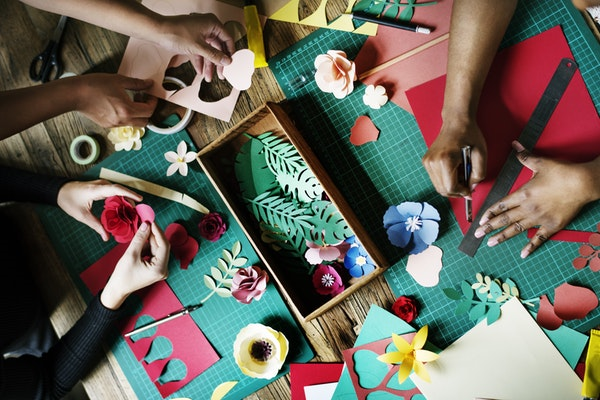




.png)









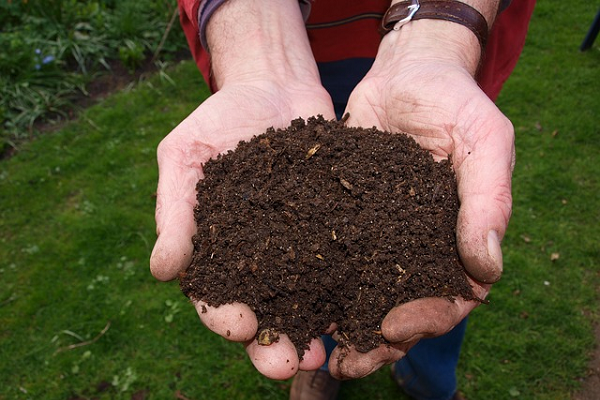
.png)

.png)






.jpeg)



.png)




.png)







%20resize.jpeg)



%20small.png)

.png)

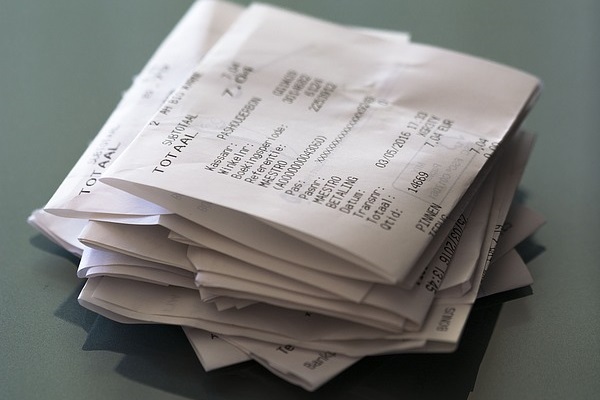



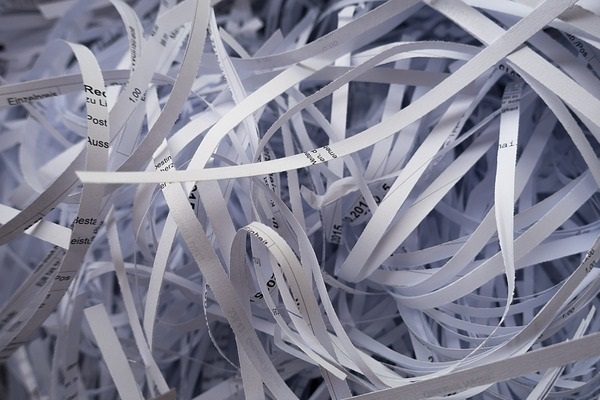
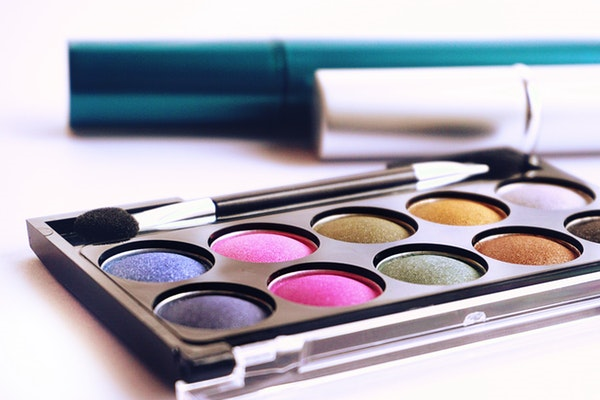
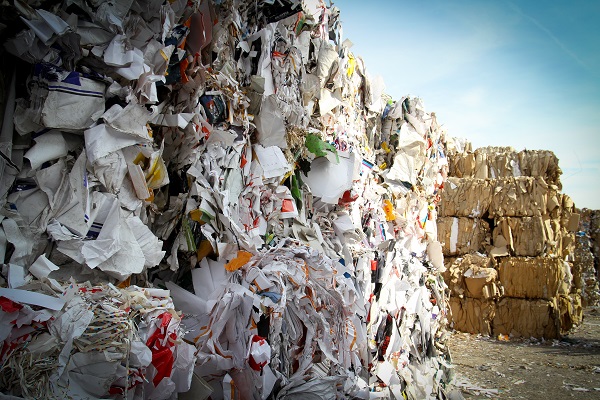
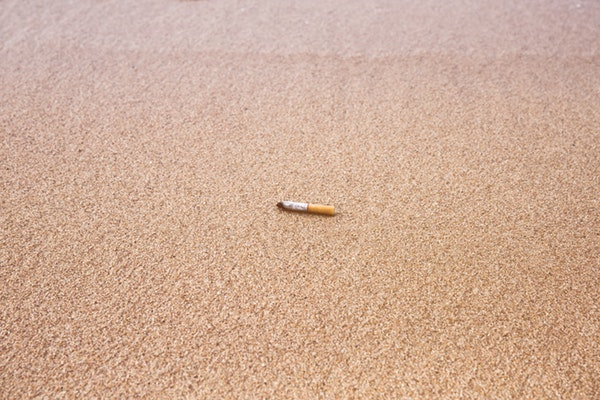
.png)
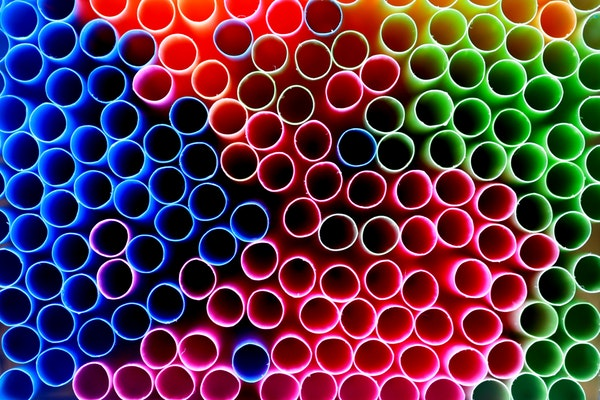
.png)

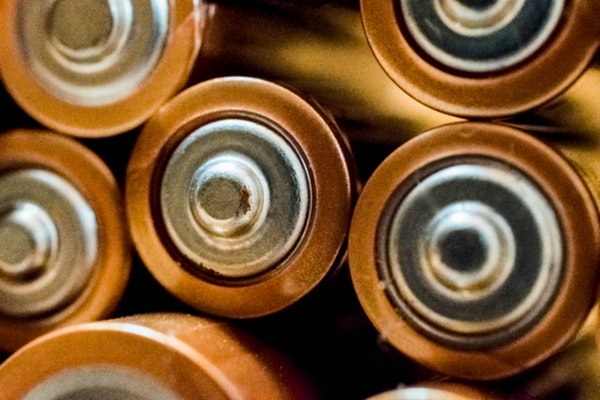
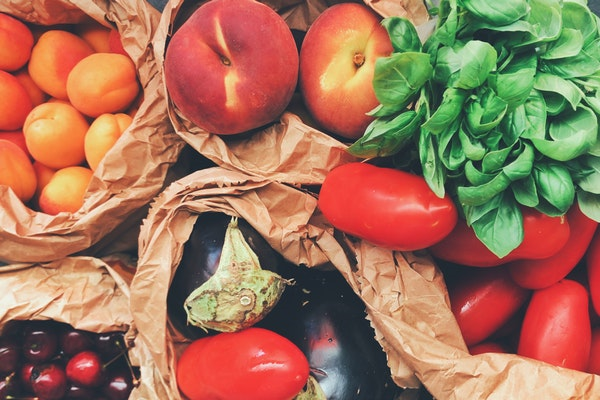

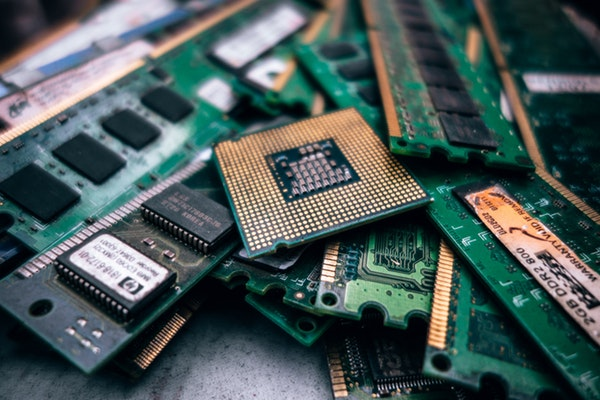
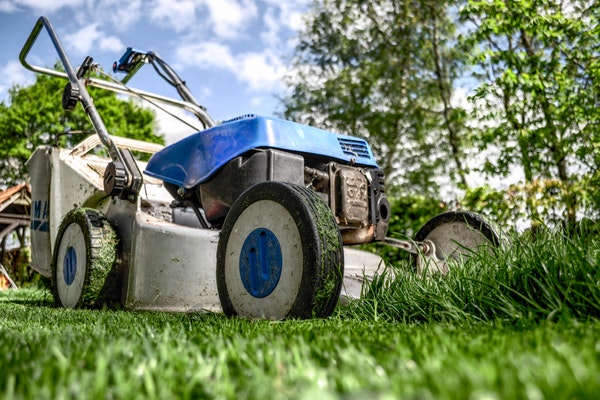
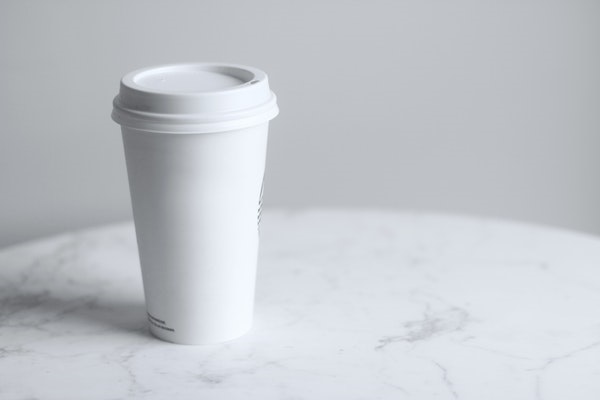


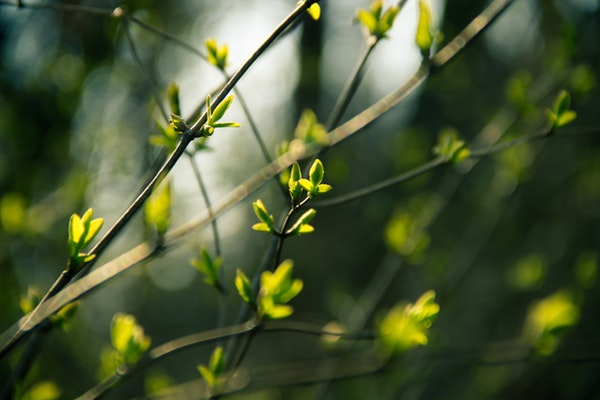
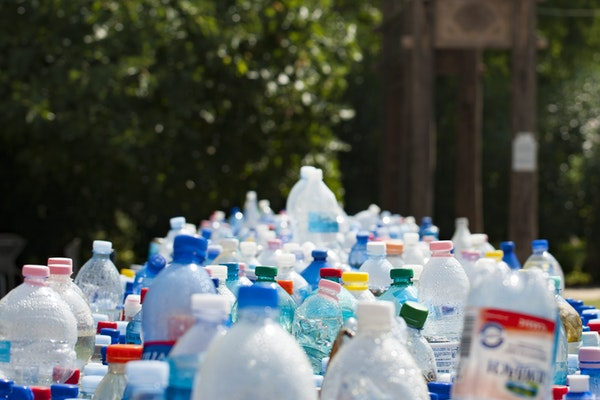
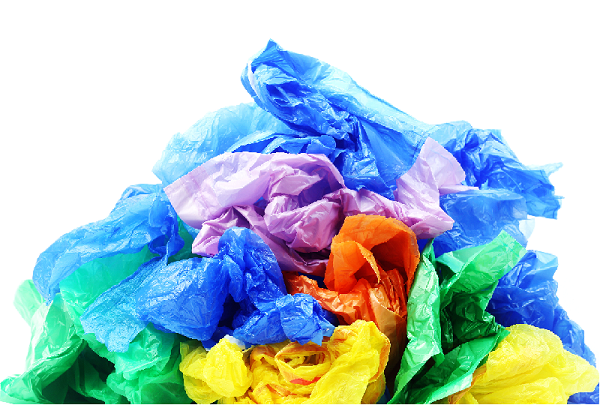
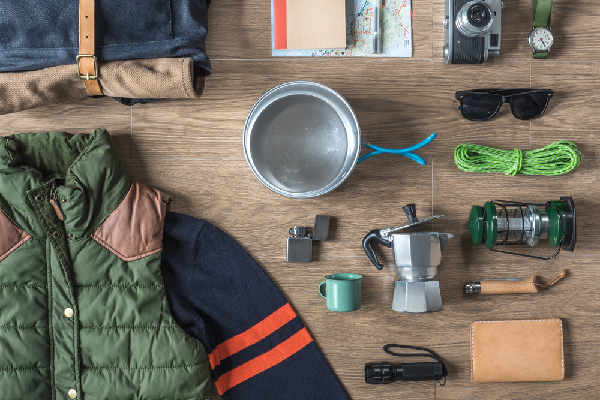
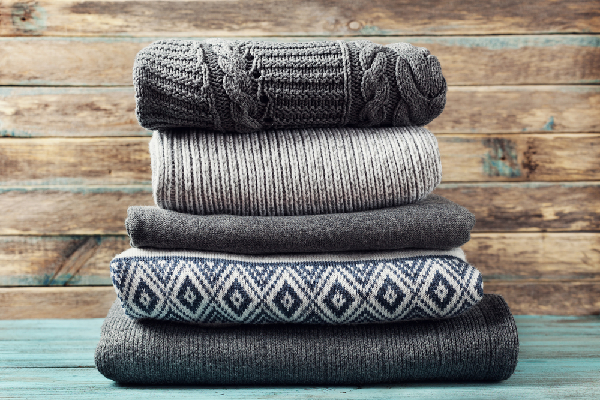

.jpg)
.jpg)
.jpg)
